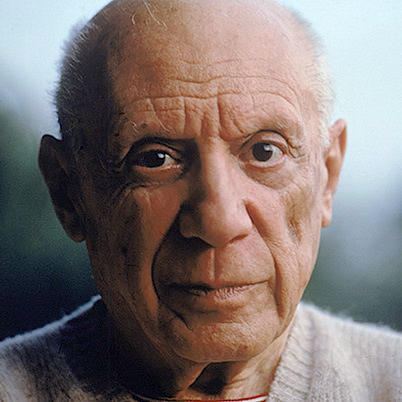Raja Ravi Varma: The Pioneer of Modern Indian Art
Early Life and Influences
Raja Ravi Varma was born on April 29, 1848, in the princely state of Travancore, which is now part of Kerala. He hailed from a noble family, and his artistic inclinations were evident from a young age. His uncle, Raja Raja Varma, an artist himself, recognized his talent and provided him with initial training. The young Ravi Varma’s artistic journey began with learning traditional Kerala painting techniques. However, his encounter with European art, especially through the British colonial influence, profoundly impacted his style and approach. This blend of traditional Indian subjects with European techniques became a hallmark of his work.
Mastery of Technique
Raja Ravi Varma’s work is renowned for its technical excellence. He mastered the use of oil paints, a medium that was relatively new to Indian artists of his time. His ability to create lifelike portraits with intricate details and realistic textures set him apart. Varma’s understanding of light and shadow, along with his skill in rendering the human form, made his paintings stand out. His technique combined the finesse of European realism with the rich, vibrant colors typical of Indian art. This synthesis not only showcased his versatility but also helped bridge the gap between Western and Indian artistic traditions.
Themes and Subjects
Ravi Varma’s art is celebrated for its depiction of Indian mythology and classical literature. His paintings brought to life the stories from epics like the Mahabharata and Ramayana. Characters like Arjuna, Krishna, and Radha were rendered with such realism and emotional depth that they resonated deeply with the Indian populace. Varma’s portrayal of gods and goddesses was particularly significant because it made these divine figures more accessible to the common people. His depiction of Saraswati, Lakshmi, and Shakuntala, among others, became iconic images that are still widely recognized today.
Cultural Impact
Raja Ravi Varma’s influence extended beyond the realm of art. His paintings played a crucial role in shaping the visual representation of Indian mythology. Before his time, these stories were primarily conveyed through oral traditions and manuscripts with limited illustrations. Varma’s paintings provided a visual narrative that complemented these stories, making them more tangible and relatable. This visual accessibility was further enhanced when he established a printing press, which allowed for mass production of his works. This democratization of art meant that people from various social strata could own and appreciate his paintings, thus cementing his legacy in Indian culture.
Art and National Identity
During a time when India was under British colonial rule, Raja Ravi Varma’s work instilled a sense of pride and identity among Indians. His portrayal of mythological and historical figures celebrated Indian heritage and history. By blending Indian themes with Western techniques, he created a unique style that was distinctly Indian yet modern. This fusion was symbolic of the larger socio-cultural renaissance that was beginning to take shape in India. Varma’s art became a medium through which the rich cultural tapestry of India was celebrated and preserved.
Major Works
Among his vast body of work, several paintings stand out for their artistic brilliance and cultural significance. "Hamsa Damayanti" is a prime example, depicting the ethereal beauty of Damayanti as she converses with a swan. The intricate details and the serene composition of this painting showcase Varma’s mastery. "Shakuntala," another iconic work, captures the poignant moment of Shakuntala writing a letter to her beloved. The emotional depth and the meticulous detailing in the painting reflect Varma’s ability to convey complex narratives through his art.
Legacy and Recognition
Raja Ravi Varma’s contributions to Indian art were recognized both during his lifetime and posthumously. He was awarded the Kaiser-i-Hind Gold Medal by the British government in 1904, acknowledging his significant contributions to art. His influence extended beyond India, with his works being exhibited in Europe and the United States. Varma’s legacy is preserved through various institutions, including the Raja Ravi Varma Art Gallery in Kerala, which houses some of his most famous works. His impact on Indian art continues to be studied and celebrated by art historians and enthusiasts alike.
Influence on Contemporary Art
Raja Ravi Varma’s pioneering work laid the foundation for modern Indian art. His approach to blending traditional themes with modern techniques influenced generations of artists. The visual language he created continues to inspire contemporary artists who seek to explore Indian mythology and history through a modern lens. Varma’s emphasis on realism and his innovative use of the printing press were ahead of his time, paving the way for new artistic expressions and mediums.
Conclusion
Raja Ravi Varma remains a towering figure in the history of Indian art. His ability to blend the traditional with the modern, and his dedication to making art accessible to the masses, have left an indelible mark on Indian culture. Through his paintings, Varma not only preserved the rich tapestry of Indian mythology but also created a visual language that continues to resonate with people today. His legacy as a pioneer of modern Indian art is a testament to his artistic genius and his enduring impact on the cultural landscape of India.




